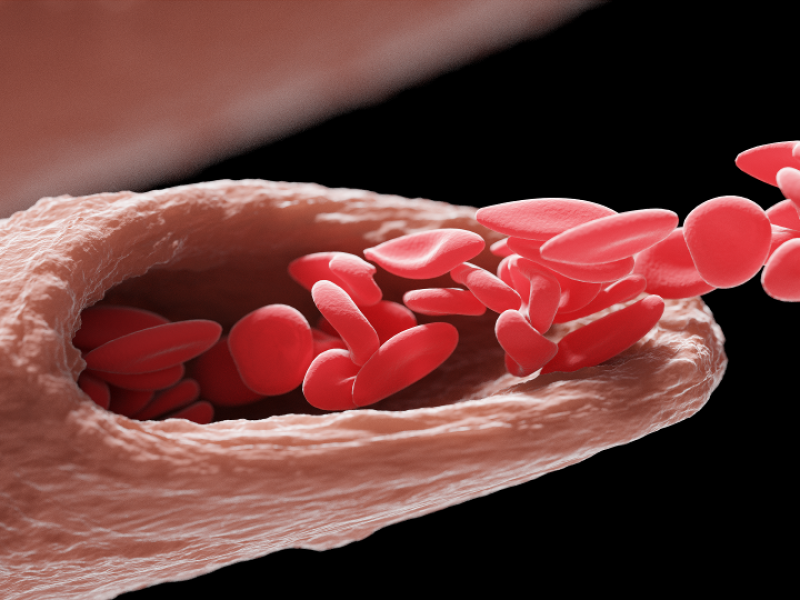Introduction Scientific Visualisation with Blender: Data, Lights, Camera, Action!
Would you like to make 3D visualizations that are visually more attractive than what ParaView or VisIt can provide? Do you need an image for a grant application that needs to look spectacular? Would you like to create a cool animation of your simulation data? Then this course may be for you!
- 23 Apr 2024
-
Time9:00 tot 17:00
-
LocationAmsterdam Science Park
Goal
The goal of this course is to provide you with hands-on knowledge to produce great images and basic animations from 3D scientific data. We will be using the open-source package Blender (http://www.blender.org), which provides good basic functionality, while also being usable for advanced usage and general editing of 3D data. It is also a lot of fun to work with (once you get used to its graphical interface).
Example types of relevant scientific data are 3D cell-based simulations, 3D models from photogrammetry, (isosurfaces of) 3D medical scans, molecular models and earth sciences data. Note that we don't focus on information visualization of abstract data, such as graphs (although you could convert those into a 3D model first and then use them in Blender).
We like to encourage participants to bring along the data they normally work with, or a sample thereof, and would like to apply the course knowledge to.
For whom?
Anyone interesting in learning how to design attractive visualizations. We assume the context to be an academic setting, but it is don't make many assumptions on use cases for Blender, and we are happy to help to how we can use Blender to make attractive visuals of the data.
Prerequisites:
It helps to have some familiarity with basic 3D graphics concepts (transformations, rendering), but it is not mandatory.
You will need to have a laptop, preferably with an acceptable GPU, where you can install Blender during the course.
